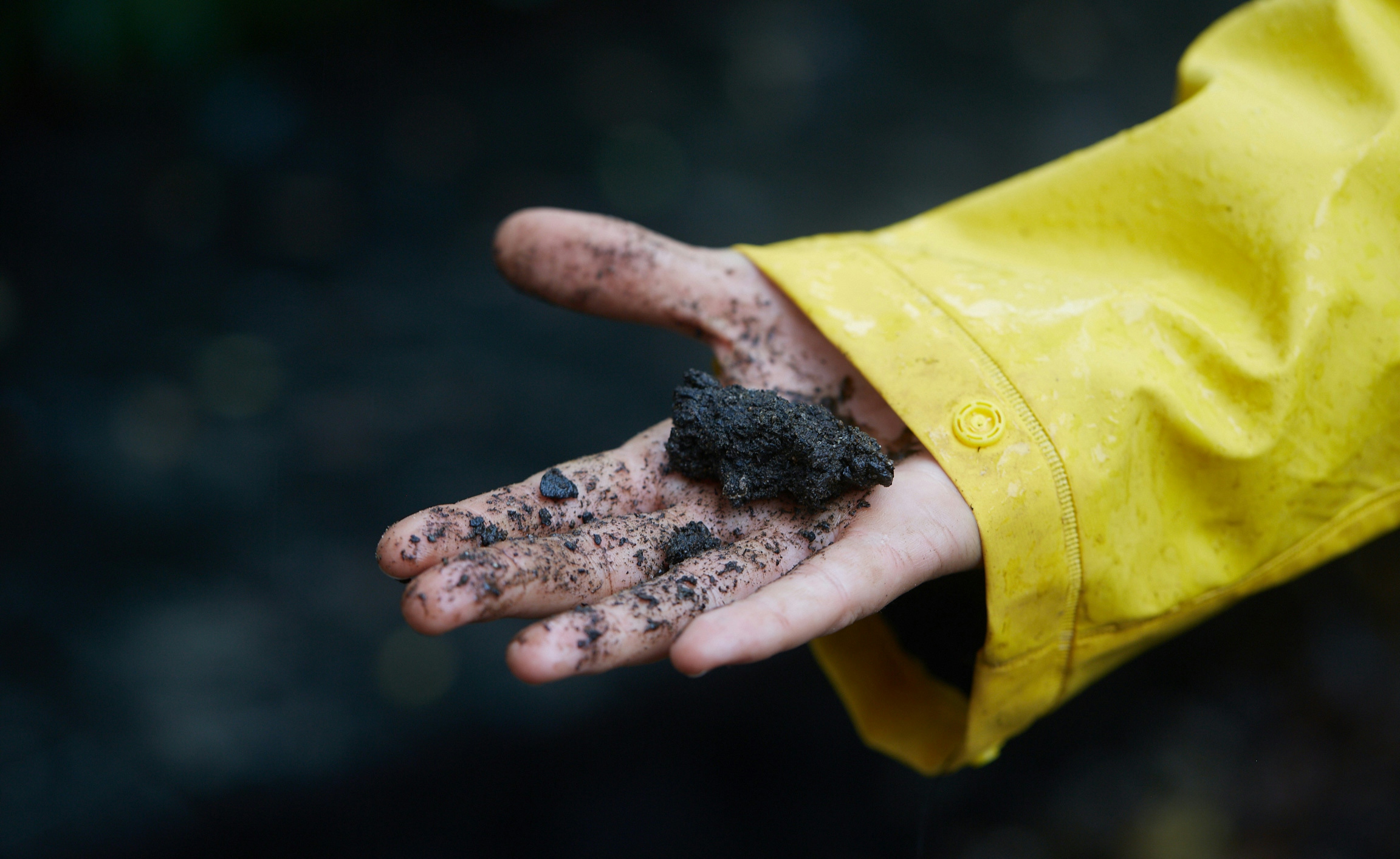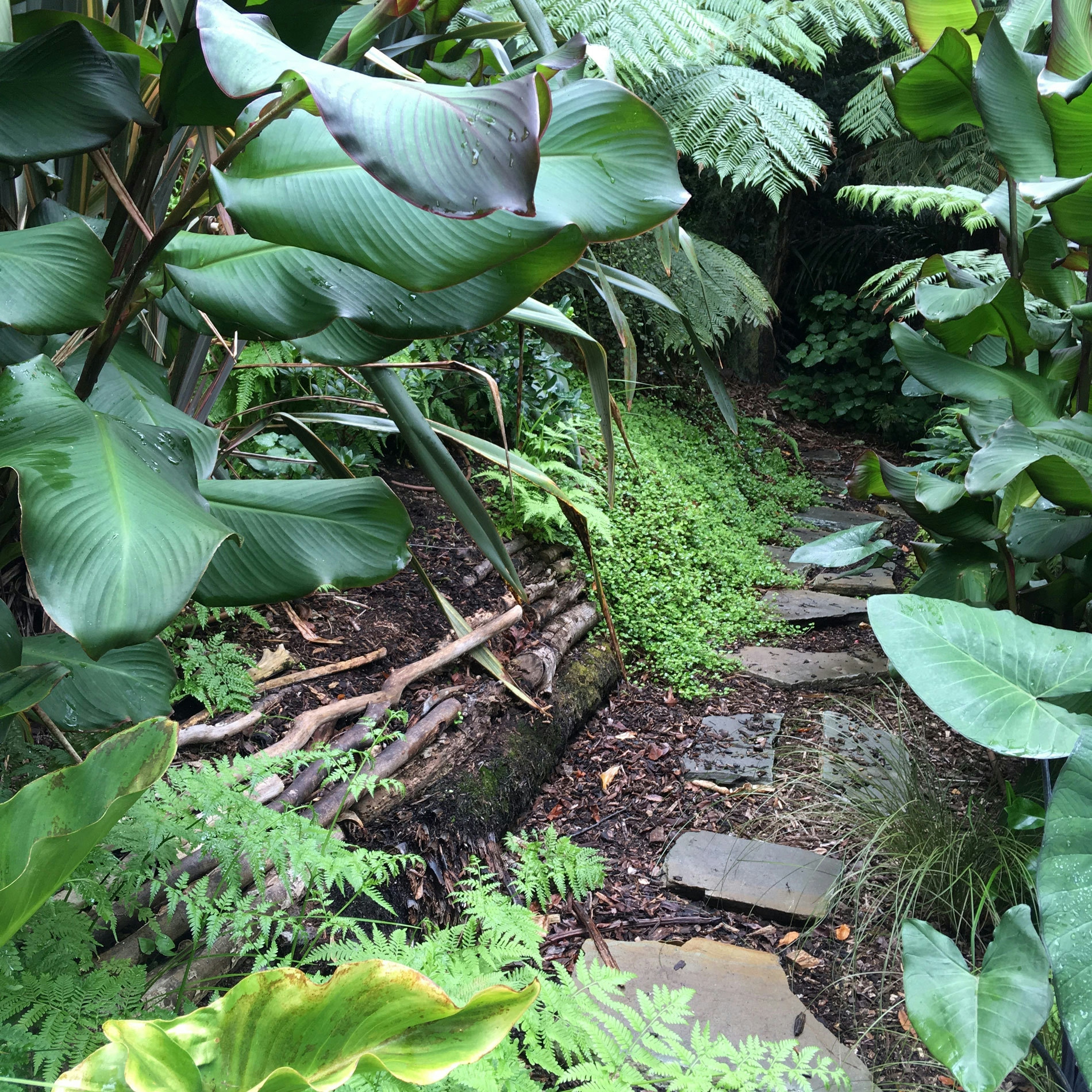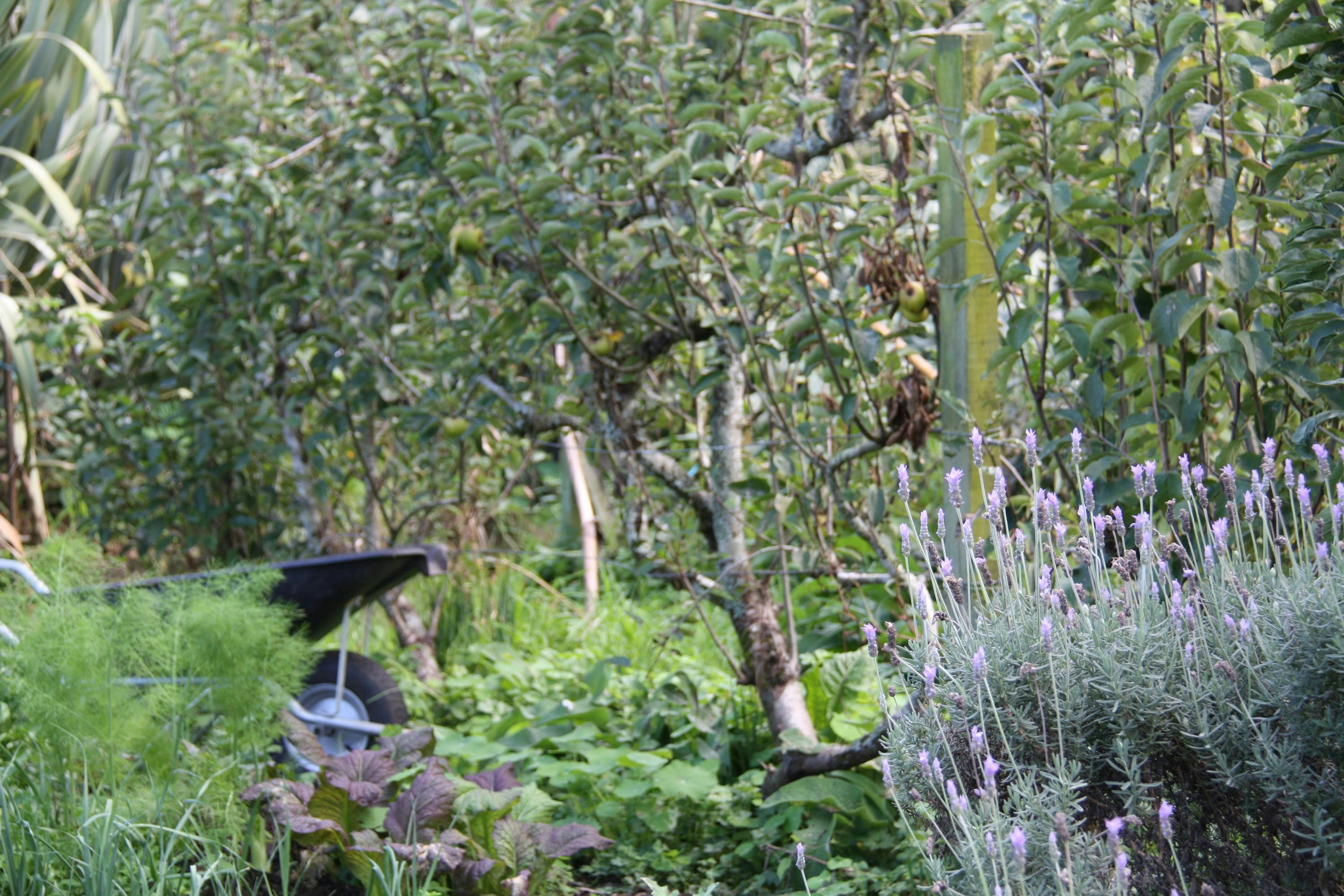
Journal — Dirt
Rachel Clare
04th July 2020
How to: Working with clay soil
If clay soil is your plot’s lot in life and you feel like you’re gardening on a bog, don’t despair. It’s relatively easy to amend your soil organically and you’ll still get the benefits of clay’s best qualities.
Clay soil seems like a gardener’s curse at first – in Winter the soil in your lawn and garden beds turns into squelchy mud that sticks to your spade and boots, and in Summer it can barely be penetrated with a spade because it’s so hard. Poor drainage can lead to problems with root growth and plants can end up rootbound in their planting holes. Take heart though, the tiny particles in clay soil mean that it is nutrient dense, plus its water-retaining properties keep roots cool when it’s dry. Below are a few things you can do to make clay soils more fertile.
GYPSUM
Gypsum (calcium sulphate) is the main component in plaster and blackboard chalk, and it also improves the structure of clay soils because it causes the tiny clay particles to clump together, creating more aeration. Add gypsum to holes when planting or dig it into soil at 0.5–1kg per square metre. Dolomite lime can also be added to clay soil but be aware that it will make your soil more alkaline (which is a good thing for vegetable gardens but not good for acid-loving plants).
PLANTING
Avoid planting into clay soils when wet, eg in Winter, as you risk compacting the soil even further. If you must walk on the soil use planks so you limit the area you’re walking on. Potatoes can be used to help break up clay soils - improve your soil and grow food at the same time!
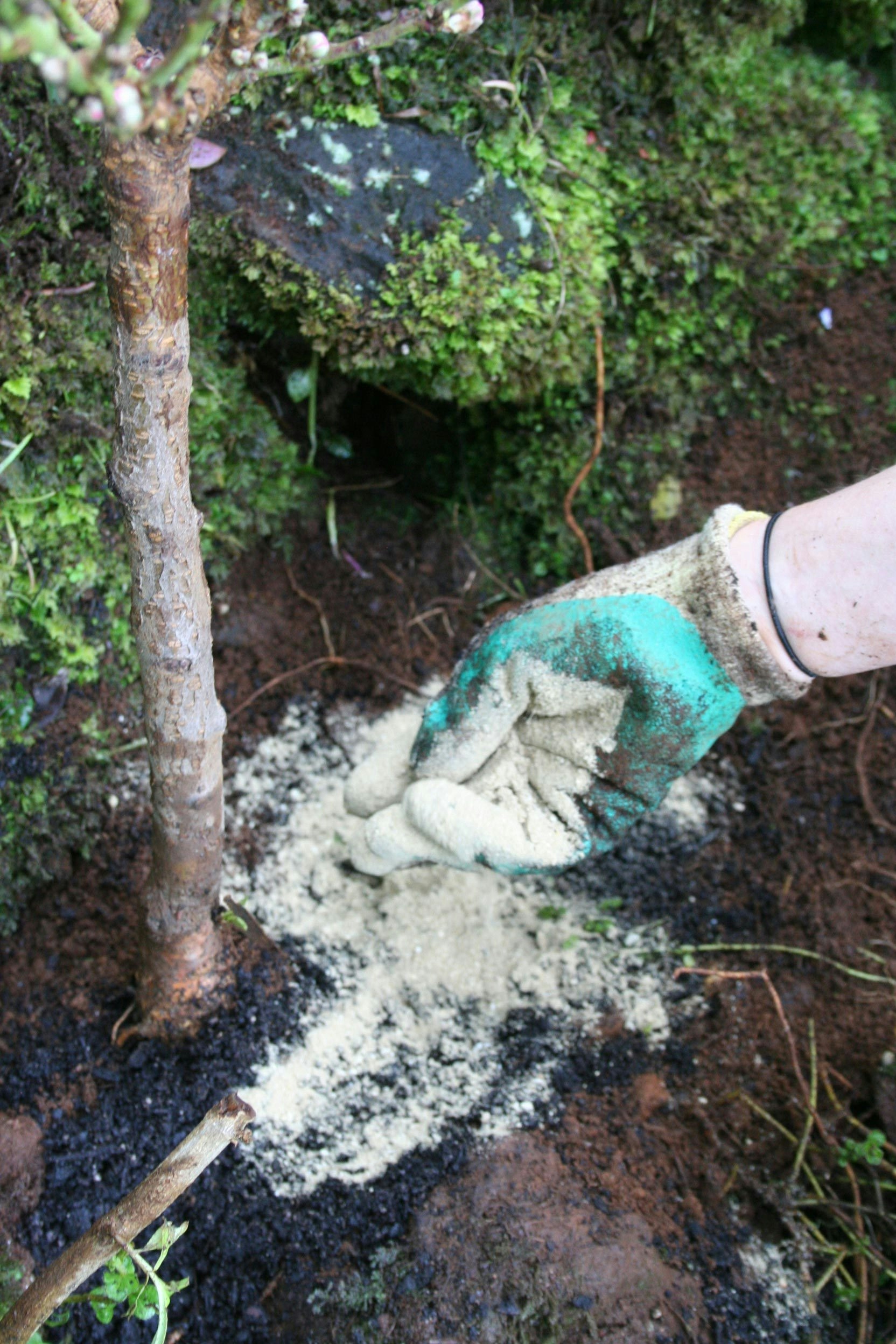
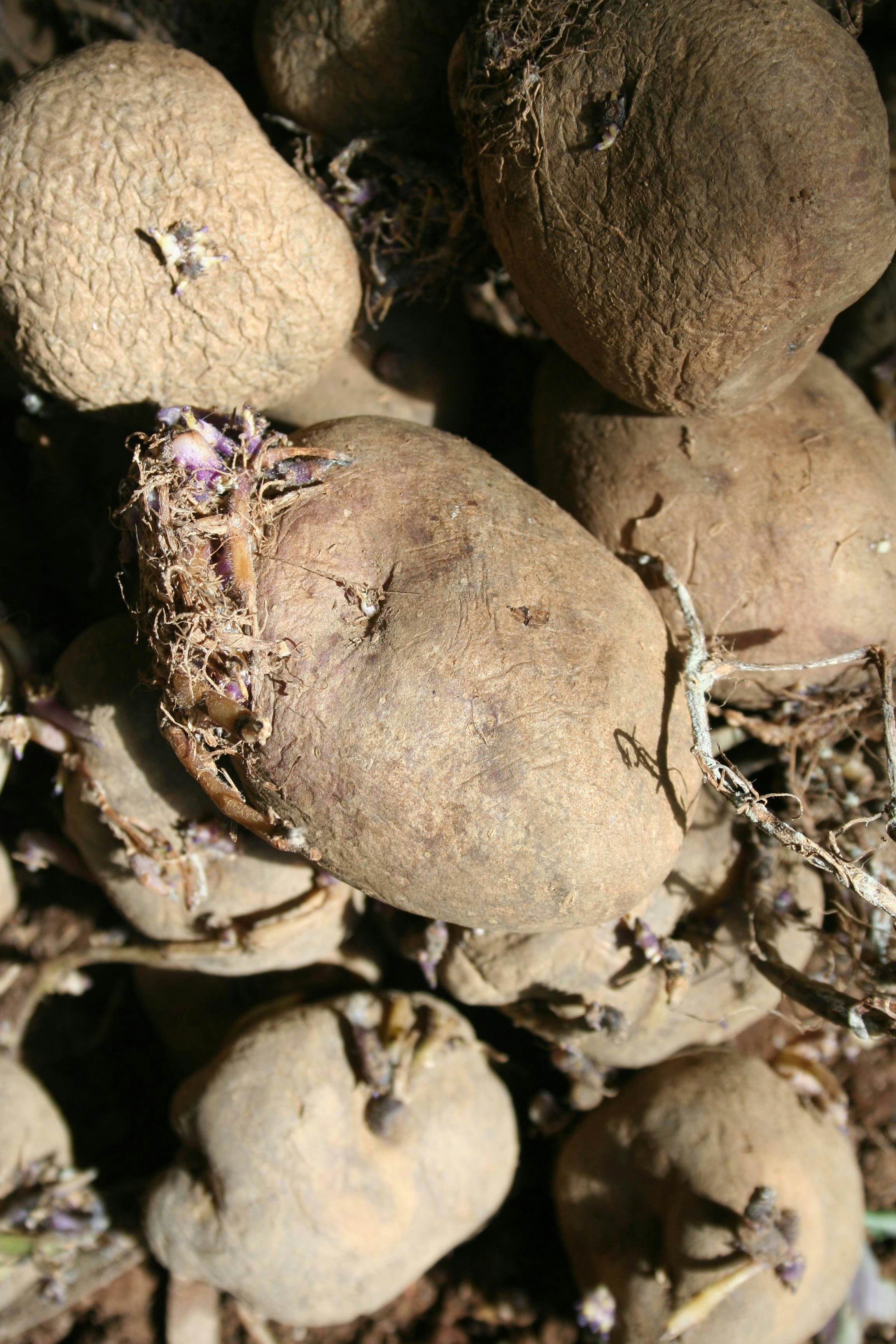
MULCH
Regularly mulch the top layer of soil with organic matter, such as compost, leaf litter, sheep pellets, pumice, scoria or bark. Fork it into the top layer of soil or pile it on top and let worms create humus for you as they break it down.
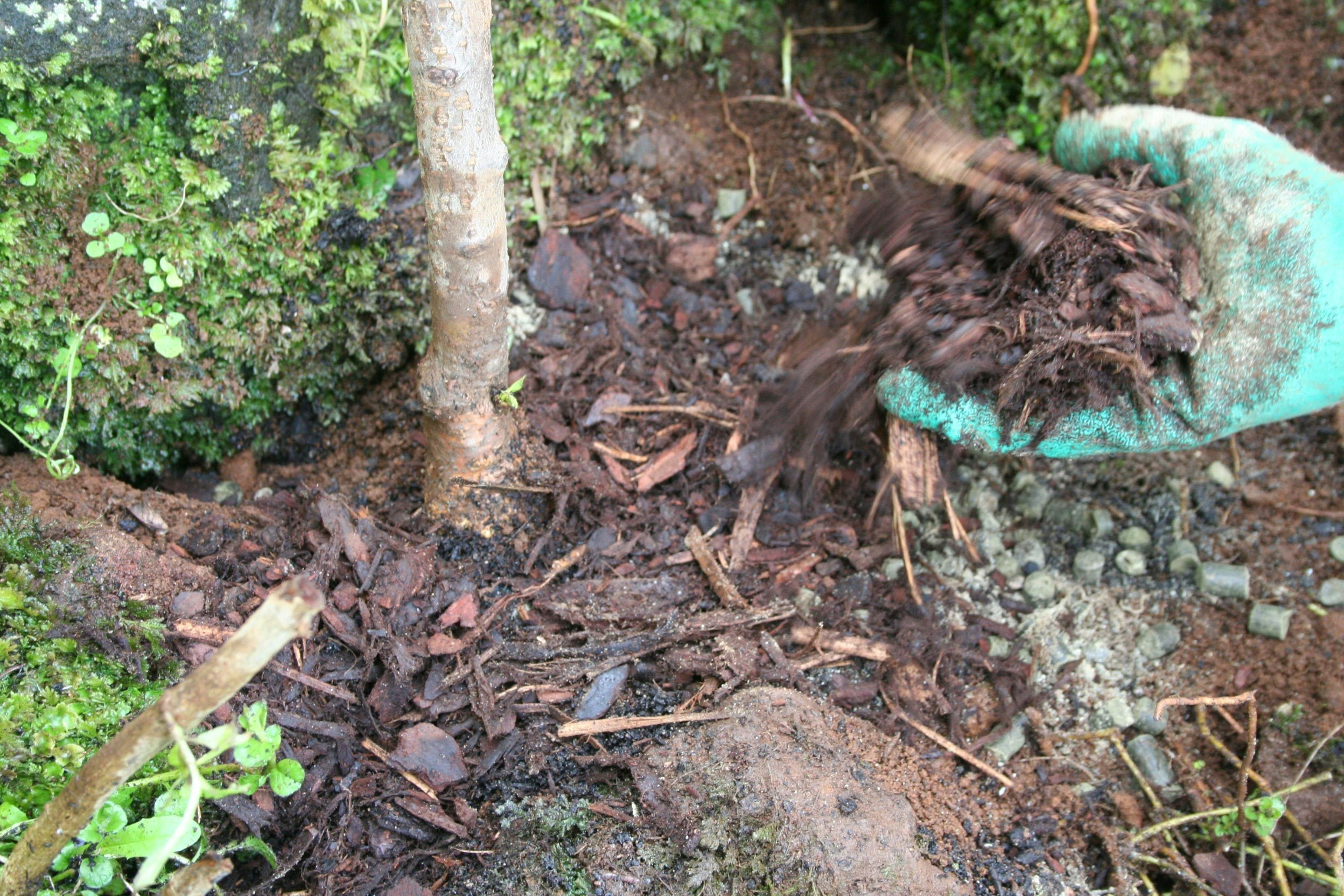
Choose plants that are known to cope well with clay soils such as roses, viburnums, mānuka and kawakawa. When planting trees or shrubs, plant them 'proud' on a raised mound of around 25cm to improve drainage.
DRAINAGE
Water flow can also become an issue with clay soils. If water can’t drain away your plants become susceptible to root diseases like phytophthora.
An easy way to check your drainage is to dig a hole 30cm in diameter and 30cm deep. Fill it with water and leave it to drain. Once drained, fill it again. If the water hasn’t drained away in 12 hours, you have drainage issues and your plants are probably going to struggle.
As well as improving the organic structure of your soil, you can remedy drainage by digging a trench that directs the water away from your garden bed and channels it to a hole in the ground, called a soakway, which is filled with gravel and stones. The soakway should be at the lowest point of your garden and always more than 5m from your house. Or install perforated plastic pipes or terracotta pipes which lead to a soakway or drain. Improve drainage in wet lawns by pushing the tines of a garden fork into the lawn to aerate it.
As for hard surfaces, avoid paving with concrete, and instead use permeable paving, such as gravel, pavers no larger than 600mm wide with ground covers between, or even specially designed pavers which allow rainwater to penetrate through them.
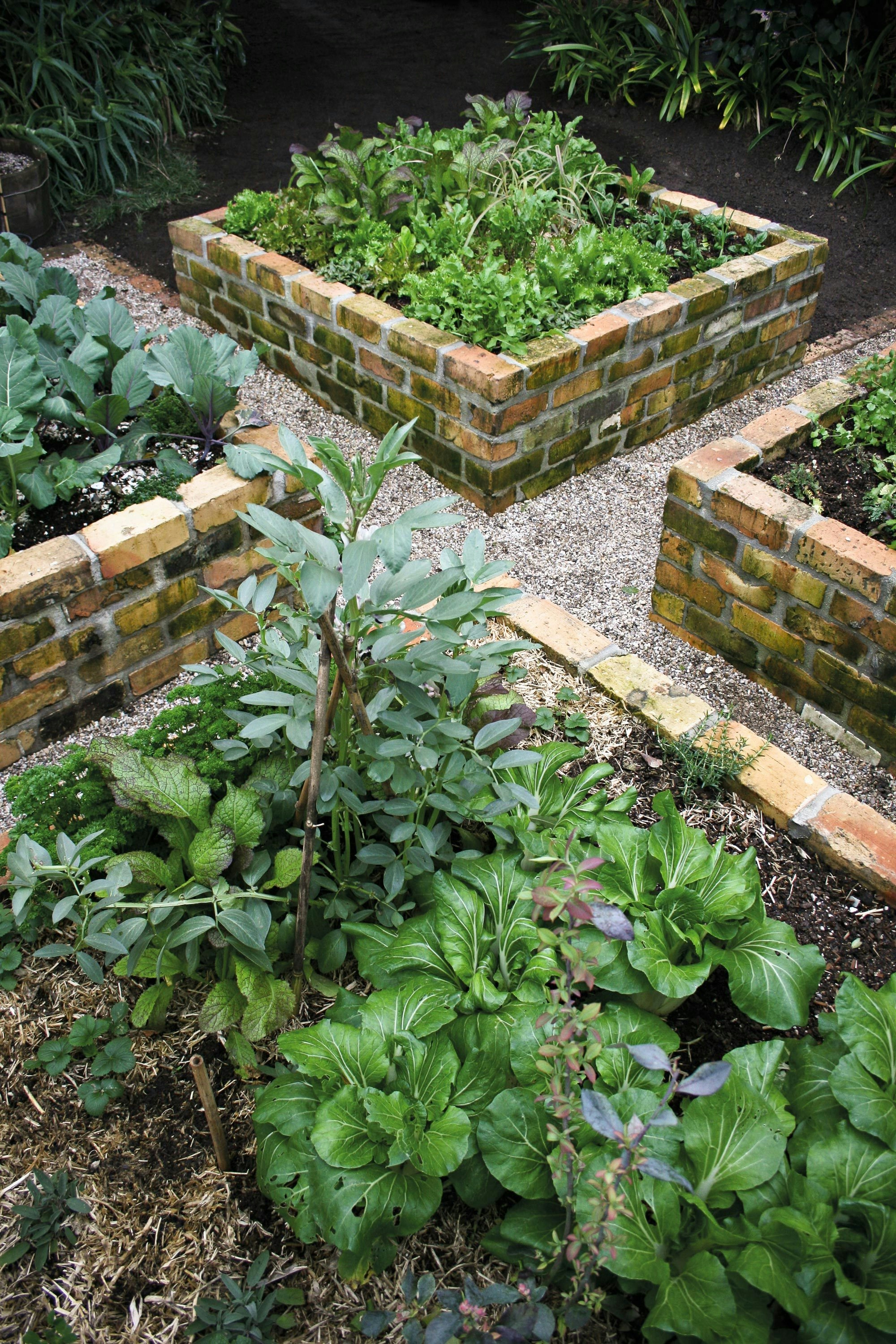
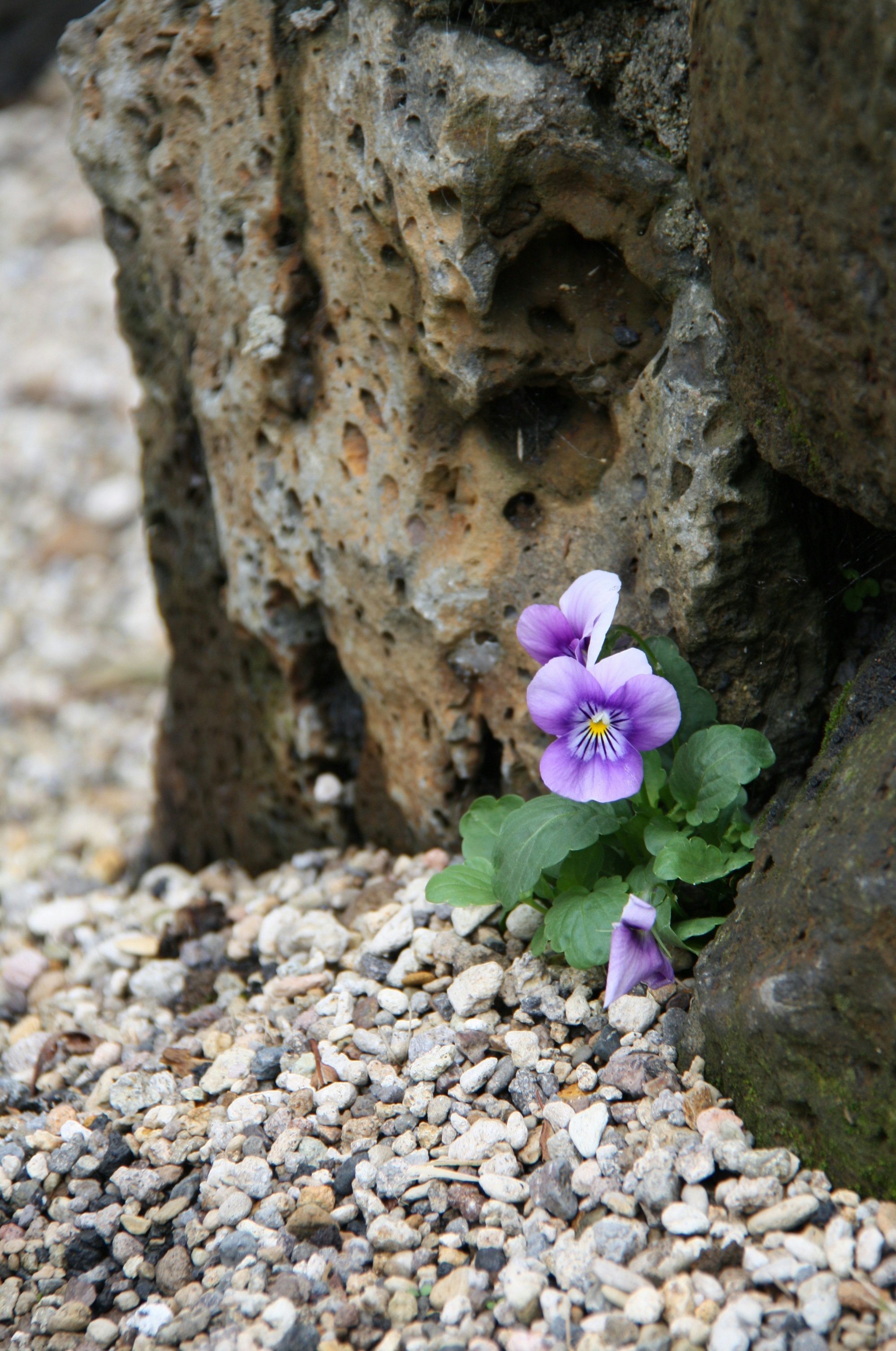
RAISED BEDS & LARGE CONTAINERS
Growing plants in raised beds filled with compost and garden mix can provide a welcome relief from the challenges of working with a clay soil. Be aware that the soil in raised beds dries out more quickly than beds in the ground, so you’ll need to lay mulch around your plants and water regularly during hot weather.
If your clay is almost impenetrable, you can also plant trees in large containers such as half wine barrels for smaller trees (drill the base with drainage holes), large 200L plastic drums or even old wheelie bins. Chop the base off and drill some holes around the sides for drainage, partially dig the container into the soil, fill it with compost and garden mix and plant your tree. As it grows, the roots will hopefully be strong enough to penetrate the soil below. Otherwise, remove the tree every four years or so and root trim it before replanting. Remember to feed contained plants several times a year.
Words by Rachel Clare
Join Our Newsletter
XANTHE WHITE DESIGN
Auckland Studio
Phone: 09 815 1187
Email: info@xwd.co.nz
XANTHE WHITE DESIGN
Wellington Studio
Email: wellington@xwd.co.nz
